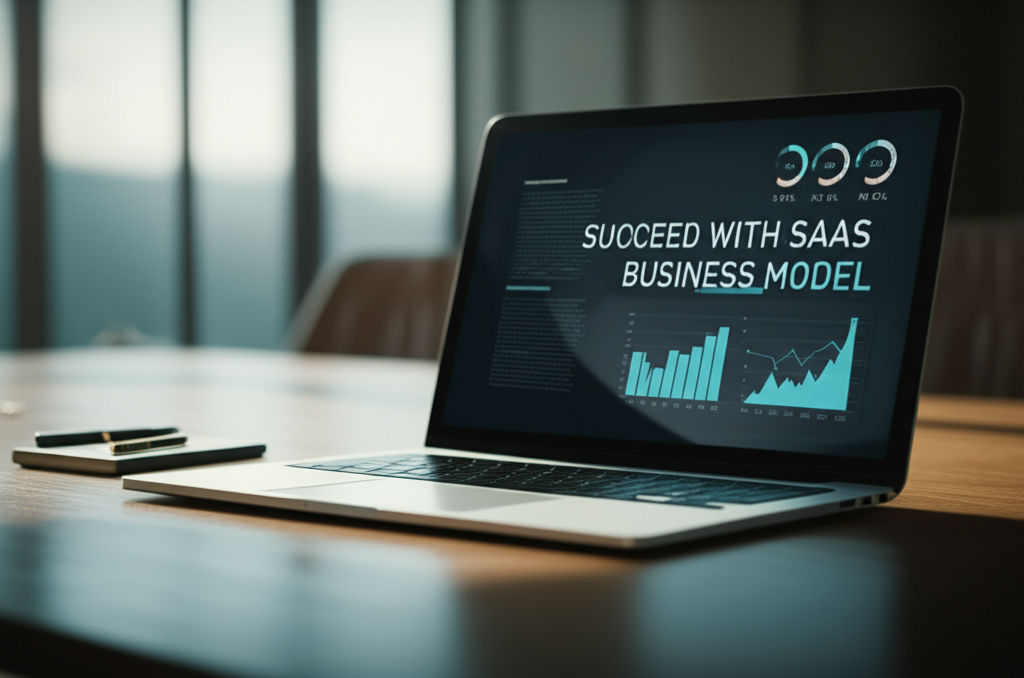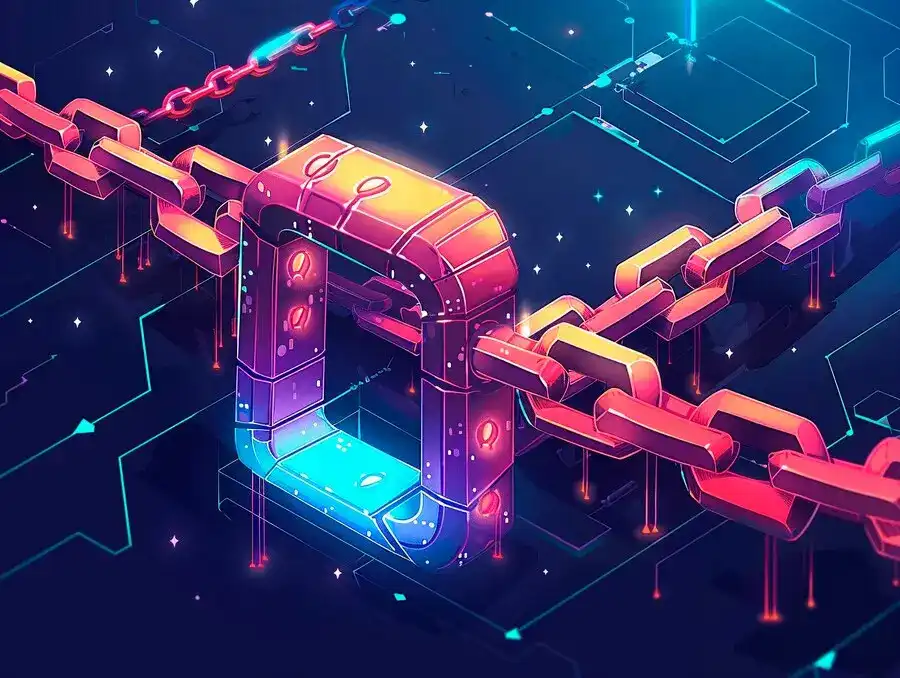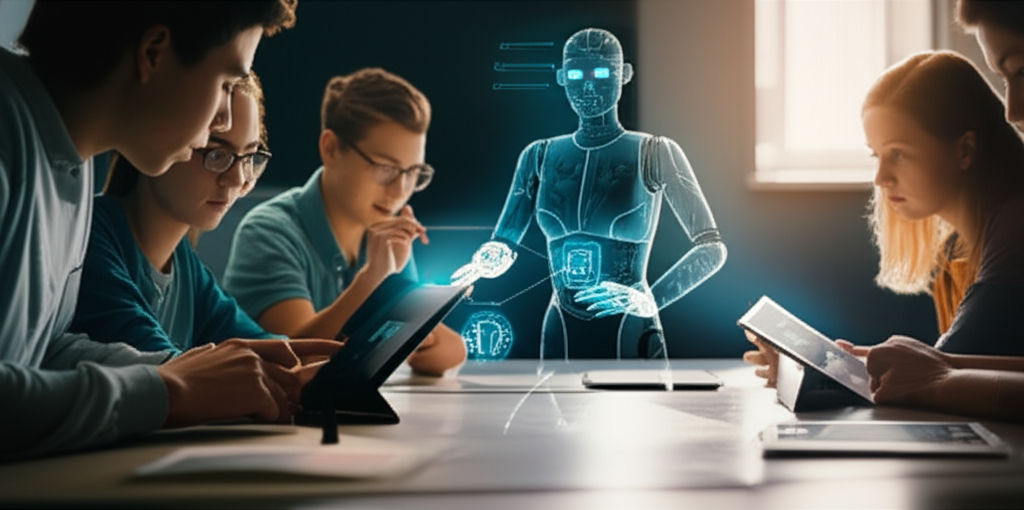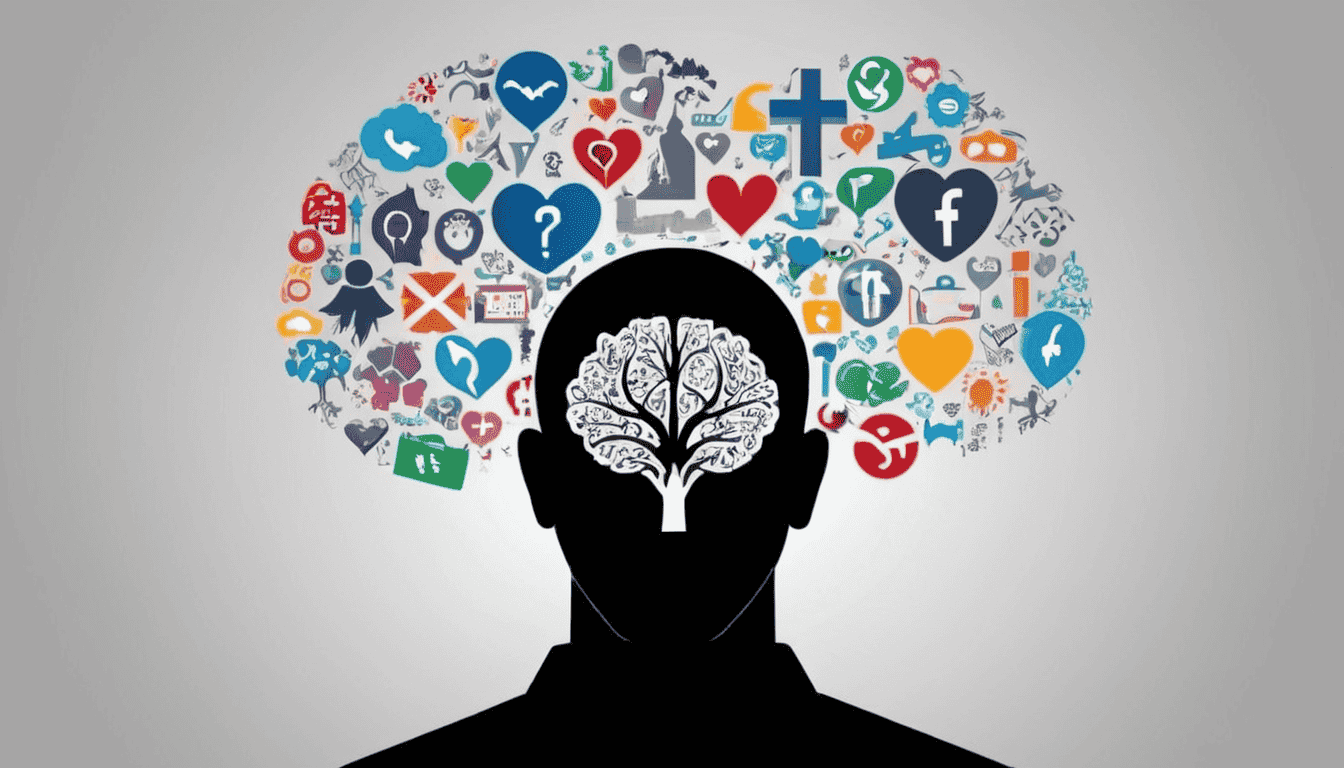Consumer Behavior: Buying Decisions
Emily Willis

Photo: Consumer Behavior: Buying Decisions
Understanding the Heart of Commerce: Decoding Consumer Buying Decisions
Every day, we make countless choices, from the coffee we brew to the car we drive. These seemingly simple acts are, in fact, the culmination of a complex interplay of factors that shape our consumer behavior and ultimately, our buying decisions. For individuals, understanding this process empowers more informed choices. For businesses, decoding these behaviors is the bedrock of successful strategies, enabling them to connect with customers, innovate, and thrive in a competitive marketplace.
This article will delve into the intricate world of consumer buying decisions, exploring the psychological triggers, external influences, and systematic steps that guide us from recognizing a need to making a purchase. We'll uncover why understanding these patterns is crucial for both consumers and businesses, offering actionable insights for navigating the modern market.
What is Consumer Behavior? The Science Behind Our Choices
At its core, consumer behavior is the study of how individuals, groups, or organizations select, buy, use, and dispose of ideas, goods, and services to satisfy their needs and wants. It's a multidisciplinary field drawing from psychology, sociology, economics, and marketing, aiming to understand the "why," "what," "when," "where," and "how" behind purchasing decisions.
Think about the last significant purchase you made—perhaps a new smartphone or a vacation. What led you to that specific choice? Was it a friend's recommendation, an online review, a compelling advertisement, or a sudden realization that your old item wasn't cutting it anymore? These are all elements of consumer behavior in action. Businesses that grasp these nuances are better equipped to anticipate needs, tailor messaging, and create meaningful connections that drive loyalty and long-term success.
The Consumer Buying Decision Process: A Journey, Not an Event
Making a purchase isn't usually a single, spontaneous act (though impulse buying does exist!). Instead, it's often a structured journey involving several key stages. Understanding these stages of the consumer purchase decision process is vital for businesses to effectively guide consumers and for individuals to reflect on their own habits. The widely recognized model typically includes five to six stages:
1. Need Recognition: The Spark That Starts It All
The buying process begins when a consumer recognizes a problem or a need. This "need" can be triggered by internal stimuli (like hunger, thirst, or a desire for a new experience) or external stimuli (like seeing an advertisement for a new gadget, a friend's new car, or a social media trend). For instance, you might suddenly notice your old laptop is slow and realize you "need" a faster one, or an ad for a tropical vacation might spark a "want" for an escape.
2. Information Search: Seeking Solutions
Once a need is recognized, consumers typically begin to gather information about potential solutions. This search can be internal, drawing on personal memory, past experiences, and knowledge. It can also be external, involving:
- Personal sources: Friends, family, and word-of-mouth recommendations often carry significant weight.
- Commercial sources: Advertisements, sales pitches, company websites, and social media content are key.
- Public sources: Online reviews, consumer reports, and news articles provide objective information.
- Experiential sources: Trying out a product in a store or requesting a demo.
The depth of this search often depends on the perceived risk and importance of the purchase. For routine purchases like groceries, the search is minimal, while for complex, high-value items like a car or a house, research is extensive.
3. Evaluation of Alternatives: Weighing the Options
After gathering information, consumers evaluate the various options available to them. This stage involves comparing products or services based on specific criteria such as price, quality, features, brand reputation, and perceived value. Consumers develop a "consideration set" of brands that meet their initial requirements and then weigh the pros and cons of each. For example, when buying a new smartphone, you might compare battery life, camera quality, operating system, and price across several brands before making a choice.
4. Purchase Decision: The Moment of Truth
This is the stage where the consumer decides to buy a particular product or service. However, even after deciding on a brand, other factors can influence the final purchase, such as:
- Attitudes of others: A last-minute negative comment from a trusted friend.
- Situational factors: Unexpected financial changes, a sudden urgent need for the product, or promotional offers.
- Perceived risk: Doubts about the product's performance or fit.
Businesses aim to make this stage as smooth as possible, ensuring clear pricing, easy checkout processes, and reassuring information.
5. Post-Purchase Behavior: Beyond the Transaction
The consumer journey doesn't end with the purchase. Post-purchase behavior is crucial as it determines customer satisfaction, repeat purchases, and brand loyalty.
- Satisfaction: If the product meets or exceeds expectations, the consumer is satisfied.
- Dissatisfaction: If it falls short, dissatisfaction arises, which can lead to cognitive dissonance (buyer's remorse).
- Word-of-mouth: Satisfied customers become brand advocates, sharing positive experiences, while dissatisfied ones may share negative feedback.
Businesses often engage in post-purchase communication, customer service, and feedback mechanisms to ensure a positive experience and foster long-term relationships.
The Forces at Play: What Influences Our Choices?
Consumer buying decisions are not made in a vacuum. A multitude of interconnected factors constantly influence our choices, often subconsciously. These factors can be broadly categorized:
1. Psychological Factors: The Inner Workings
Our internal mental processes significantly shape our purchase decisions.
- Motivation: Underlying needs and desires (e.g., Maslow's Hierarchy of Needs – physiological, safety, social, esteem, self-actualization) drive us to seek solutions.
- Perception: How we interpret information and form a view of the world. This includes selective attention, selective distortion (interpreting information to support what we already believe), and selective retention (remembering only what aligns with our beliefs).
- Learning: Changes in our behavior arising from experience. Past experiences, positive or negative, influence future choices.
- Beliefs and Attitudes: A belief is a descriptive thought about something (e.g., "this brand is reliable"), while an attitude is a person's consistently favorable or unfavorable evaluations, feelings, and tendencies toward an object or idea. These are powerful buying decision factors because they are often deeply ingrained.
- Personality and Self-Concept: Our unique psychological characteristics and how we see ourselves (or want to see ourselves) influence the brands and products we choose, often seeking alignment with our identity.
2. Social Factors: The People Around Us
Humans are social creatures, and our interactions profoundly impact our consumer behavior.
- Family: This is often the most influential primary reference group, shaping values, attitudes, and purchasing habits from an early age.
- Reference Groups: Groups we belong to (membership groups), aspire to belong to (aspirational groups), or want to dissociate from (dissociative groups). Friends, colleagues, and even online communities can influence product choices and brand preferences.
- Roles and Status: A person's role in society (e.g., parent, professional, student) and their perceived status can dictate the products they buy to fulfill those roles or signal their position.
3. Cultural Factors: The Broader Context
Culture provides the broadest and deepest influence on consumer behavior.
- Culture: The set of basic values, perceptions, wants, and behaviors learned by a member of society from family and other important institutions. It dictates what is acceptable, desirable, and necessary.
- Subculture: Groups of people with shared value systems based on common life experiences and situations (e.g., nationalities, religions, racial groups, geographic regions). These often lead to distinct consumer preferences.
- Social Class: Relatively permanent and ordered divisions in a society whose members share similar values, interests, and behaviors. Social class is determined by a combination of occupation, income, education, wealth, and other variables.
4. Personal Factors: Who We Are
Individual characteristics also play a significant role in buying decisions.
- Age and Life-Cycle Stage: Our needs and wants change throughout our lives. A teenager's purchasing priorities differ vastly from those of a young professional, a new parent, or a retiree.
- Occupation: A person's job can influence the types of products and services they buy (e.g., a construction worker needing durable gear vs. an office worker needing professional attire).
- Economic Situation: Income, savings, and borrowing power directly impact purchasing capacity and the types of products consumers can afford.
- Lifestyle: A person's pattern of living as expressed in their activities, interests, and opinions. Lifestyle choices significantly influence product preferences.
Why Understanding Consumer Behavior is Critical for Success
For businesses, delving into consumer behavior insights is not just academic; it's a strategic imperative.
- Targeted Marketing and Communication: Knowing your audience allows businesses to tailor marketing messages, choose the right channels, and position products effectively to resonate with specific segments. For instance, if research shows your target audience
Latest ✨
View AllAI is revolutionizing education! Unlock personalized learning, empower teachers, and create a truly accessible future for every student.
Emily Willis
The text discusses the importance of mental training and psychological strategies in enhancing athletes' performance. It covers various techniques such as goal setting, visualization, positive self-talk, mindfulness, and focus and concentration. The role of mental toughness in overcoming challenges and performance anxiety is also highlighted. The benefits of mental training include improved performance consistency, confidence, stress management, and faster recovery from setbacks. The text emphasizes the need for coaches and sports psychologists to integrate mental training into athletic programs and provides real-life examples of successful athletes who have benefited from mental preparation. In conclusion, the text encourages athletes to embrace mental training to unlock their peak performance potential and thrive in competitive sports environments.
Emily Willis
Global citizenship: The core future education for shared humanity & interconnectedness. Build a just, peaceful, and sustainable world.
Emily Willis
recent surge in inflation globally, leading to rising prices of goods and services and impacting people's purchasing power and economic stability.
Emily Willis
Business
View All
June 9, 2025
Succeed with SaaS Business ModelMaster the SaaS business model! This guide reveals strategies for building a thriving enterprise, from understanding the landscape to achieving product-market f...
Emily Willis

June 8, 2025
Optimize Your Supply ChainOptimize your supply chain for business success! Learn strategies to cut costs, boost efficiency, & satisfy customers with our comprehensive guide.
Emily Willis

August 5, 2024
Tips for Maintaining a Balance Between Work and Personal LifeAchieving a healthy work-life balance is essential for overall well-being, productivity, and happiness. Setting clear boundaries, prioritizing self-care, managing time effectively, nurturing relationships, and learning to unplug are key strategies to maintain this balance. It is important to communicate your needs effectively, seek support, and delegate tasks when necessary.
Emily Willis
Economy
View AllExplore the vital role of financial regulators, the unsung heroes who protect your savings, prevent crises, and ensure a stable, thriving economy.
Read MoreUnlock the secret of price elasticity! Learn how price changes affect demand, revenue, and your everyday purchasing decisions. Essential for businesses & shoppe...
Read MoreInfrastructure development is crucial for driving economic growth and regional integration by improving connectivity, facilitating trade, and enhancing quality of life. Investments in transportation networks and digital infrastructure support businesses in accessing larger markets and capitalizing on trade opportunities. Well-developed infrastructure simplifies trade processes and attracts industries to specific regions, promoting economic development. Access to essential services and urban infrastructure improves quality of life and fosters sustainable urbanization. Green infrastructure projects support environmental conservation and contribute to sustainable development goals. Overall, strategic investments in infrastructure are essential for building resilient, inclusive, and prosperous communities in the global economy.
Read MoreEntertainment
View All
August 5, 2024
Video Games: Enduring Appeal, Immersive Worlds, and Diverse Genresenduring appeal of video games, highlighting their ability to transport players to fantastical realms, challenge their minds, and foster connections with others. It explores the magic of immersive worlds, the vast array of genres available, and the social power of gaming.
Emily Willis

August 4, 2024
Social Media's Influence on Celebrity Culture: Trends and ImpactsSocial media has revolutionized celebrity culture by enabling direct fan engagement, promoting authenticity, and creating new trends such as influencer marketing and digital content creation.
Emily Willis

August 4, 2024
Recommended Movies and TV Series to Watch This Yearlist of recommended movies and TV series to watch this year. The movies include "Dune: Part Two," "Spider-Man: No Way Home," "The French Dispatch," "No Time to Die," and "Encanto." The TV series include "Stranger Things: Season 4," "The Mandalorian: Season 3," "The Witcher: Season 2," "Ted Lasso: Season 3," and "Loki: Season 2." Each entry includes reasons to watch, such as stellar cast, visually stunning cinematography, engaging plot, and character development.
Emily Willis
Health
View AllQuality sleep is essential for overall health and well-being, impacting physical, cognitive and emotional functioning. Lack of quality sleep can lead to a variety of health issues, including weakened immune function, heart problems, weight gain and cognitive impairment.
Emily Willis
Heart disease is a leading cause of death globally, but early detection and prevention strategies can reduce its impact. This article discusses the importance of early detection, common risk factors, preventive measures, and lifestyle changes for heart health. Understanding heart disease, recognizing symptoms, and undergoing regular screenings are crucial. Common risk factors include high blood pressure, high cholesterol, diabetes, smoking, obesity, physical inactivity, and family history. Symptoms of heart disease include chest pain, shortness of breath, fatigue, irregular heartbeat, and swelling. Diagnostic tests and screenings include blood pressure measurement, cholesterol screening, blood glucose test, ECG, stress test, and imaging tests. Preventive measures include adopting a heart-healthy diet, regular physical activity, quitting smoking, managing stress, maintaining a healthy weight, and limiting alcohol consumption. Medications and treatment options may be necessary for individuals at high risk or diagnosed with heart disease.
Emily Willis
significance of mental health awareness in today's fast-paced world. It discusses the importance of understanding mental health, breaking down stigma, and promoting positive mental health practices.
Emily Willis
Trending 🔥
View All
1
2
4
5
6
8
9
10
Sports
View AllAugust 4, 2024
The Importance of Mental Training and Psychological Strategies in Helping Athletes Reach Their Peak Performance on the Field
Read MoreAugust 4, 2024
Sports Technology Innovation: Revolutionizing Training and Performance Analysis
Read MoreAugust 5, 2024
Inclusive Playing Field: Creating a Welcoming and Accessible Sports Environment
Read MoreAugust 4, 2024
Benefits of Cross Training for Athletes: Improves Performance and Prevents Injuries
Read MoreTechnology
View All
August 5, 2024
The Impact of AI on the Future of Work and Education
AI is rapidly advancing and reshaping industries, economies, and societies, especially in the areas of employment and education. In the workplace, AI is changing roles through automation and creating new job opportunities. The future of work will most likely involve collaboration between humans and AI, requiring workers to develop new skills and engage in lifelong learning.

August 5, 2024
Challenges and Barriers in Adopting Blockchain Technology
Blockchain technology has the potential to revolutionize industries with its decentralized and transparent nature, but widespread adoption faces challenges such as scalability issues, interoperability, security concerns, regulatory uncertainty, lack of standards, cost and resource intensiveness, and user experience and education.

August 4, 2024
Data Security in the Digital Era: Challenges and Solutions
importance of data security in the digital age, highlighting challenges such as cyberattacks, human error, weak passwords, and outdated systems. It also provides solutions to enhance data security, including encryption, strong password policies, multi-factor authentication, regular software updates, employee training, access controls, data backup, incident response plans, security audits, and advanced security technologies. These measures are essential for protecting sensitive information and preventing unauthorized access and breaches.

August 4, 2024
Sustainable Technology: The Key to a Greener Future
sustainable technology in addressing environmental challenges and creating a more sustainable future.





















